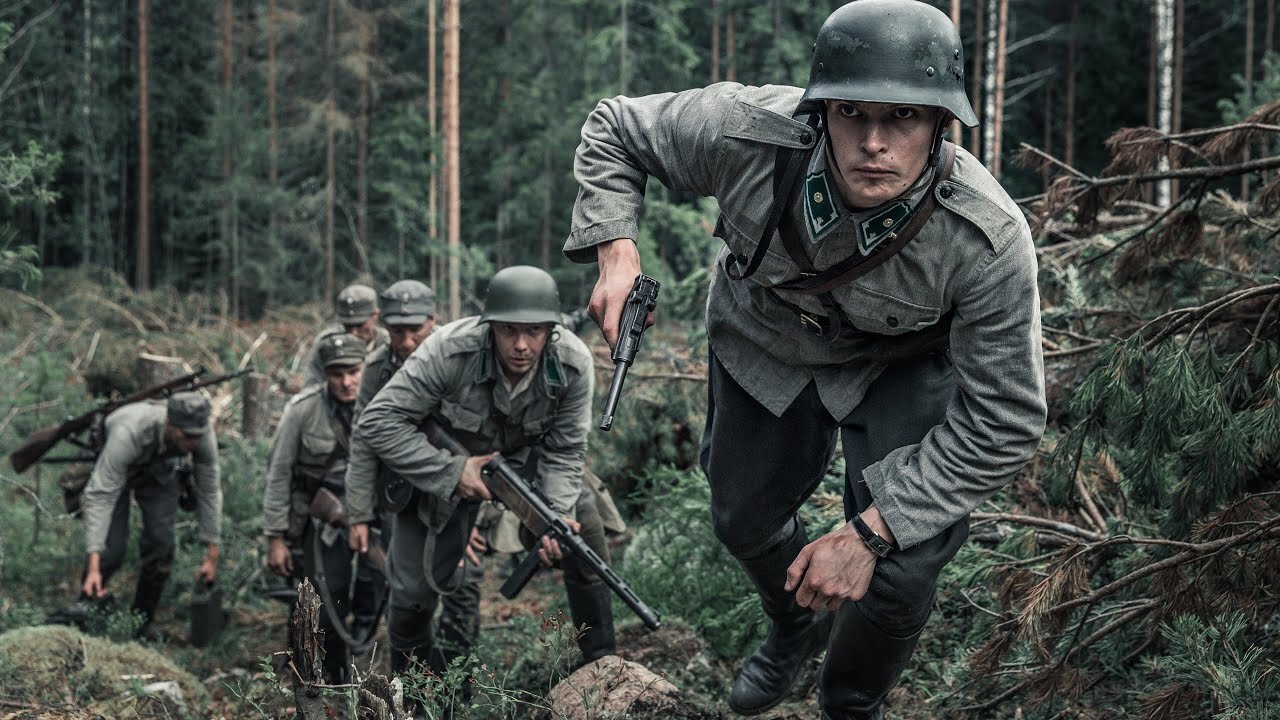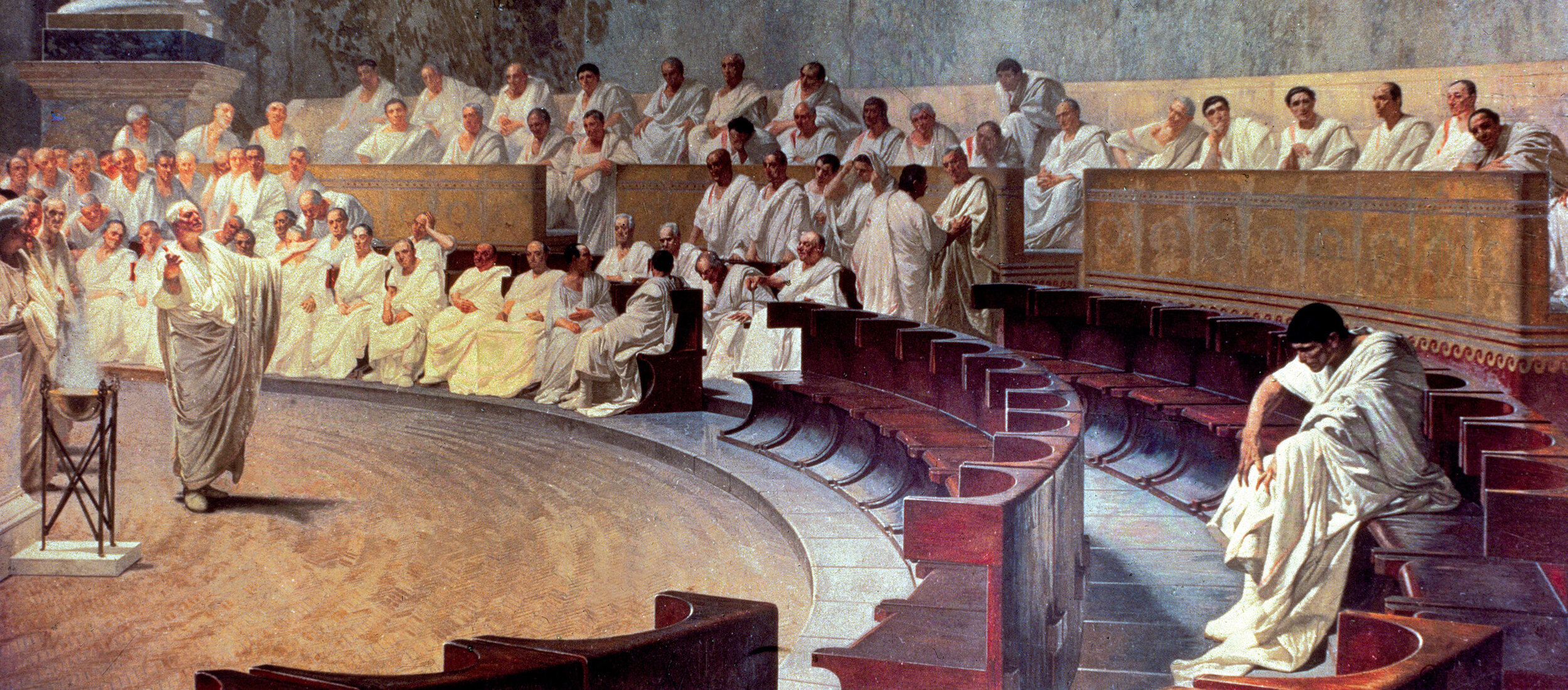Midway
/American bombers begin their dive toward the Japanese fleet in Midway
A few months ago I wrote up a few of my thoughts and worries after watching the trailer for Roland Emmerich’s Midway. That blog post was mostly worries. It also got a ton of traffic compared to my usual fare, so it seems right to follow that up with a review now that I’ve seen the film.
I’m happy to say that Midway was a very pleasant surprise.
Midway tells, in broad but surprisingly detailed outline, the story of the US Pacific carrier fleet from the Japanese attack on Pearl Harbor in December 1941 to the titular battle in June of 1942. The film brings us into the story via a handful of major characters at various levels of and with varying perspectives on the conflict—Navy aviator Dick Best (Ed Skrein) and several other pilots and enlisted men of their carrier, the USS Enterprise; Naval Intelligence officer Edwin Layton (Patrick Wilson); Admirals Bull Halsey (Dennis Quaid) and Chester Nimitz (Woody Harrelson); and a handful of civilians on the home front, especially Best’s wife (Mandy Moore). Along the way we learn a little about intelligence gathering and the fog of war (some of the best stuff in the movie), how the United States began its recovery from Pearl Harbor, the incredible efforts to keep the ships afloat and the planes in the air long enough to hold back the Japanese, how difficult naval warfare is, and—with especially chilling detail—the dangerous life of carrier pilots, in which even minor training accidents take lives.
The film also offers a Japanese perspective, Tora! Tora! Tora!-style, which allows us to see some of the internal tensions on that side. We get a little bit of the violent army-versus-navy conflict that divided the Japanese high command, differences of opinion about strategy in the lower echelons of the navy’s command structure, and even cameos by Hideki Tojo and Emperor Hirohito. This gives the film a laudable sense of balance and humanity—I was surprised by the sympathy I felt for Admiral Yamaguchi, who chooses to go down with his defeated fleet at the end. Fortunately, though, the film doesn’t fall into the moral equivalence trap—the Japanese are clearly the aggressors and we get mentions, and even a few glimpses, of their often forgotten brutality in China.
This pairing of American and Japanese perspectives also helps tackle one of the most difficult problems a historical film has to confront—historian’s bias, the fact that we know what happened. By showing us people living through these events and making choices between multiple options based on limited information, Midway gives us a sense of the potential for things to turn out other than they eventually did. That brings the viewer into the uncertainty of the historical experience, something I’ve seen done effectively by very few historical films. It’s an accomplishment.
The film also does an excellent job of dramatizing what to me is one of the most astonishing aspects of naval warfare—not only sailing out onto a vast, almost featureless, and implacably hostile plane but searching for, feeling out, finding, and attacking enemies. Despite its narrative omniscience, Midway makes the fog of war feel real.
A few other things I liked:
Following the Pearl Harbor sequence we get a few scenes that almost never make it into war films. Dick Best visits a warehouse where the Navy is collecting the bodies and parts of bodies they have retrieved from the harbor. Best is there to identify an old friend from Annapolis so he can take the news to the man’s widow. This scene makes the phrase “burned beyond recognition,” a phrase Tom Wolfe made visceral in the opening chapter of The Right Stuff, horribly real. It’s also subdued and tastefully restrained, and all the more moving as a result. We also see the ongoing military funerals in the attack’s aftermath.
In my trailer reaction I wondered about the inclusion of the Doolittle raid. It’s handled very quickly but doesn’t feel artificial or out of place, but rather a milemarker on the US military’s journey toward effective retaliation.
The flight scenes, the main attraction for me and my dad (who took me to see it despite my hesitations), were very well done. We get a good sense of the vast distances involved and the difficulty of both finding and attacking targets. And the divebombing sequences make us feel the danger and the trickiness of targeting something even as huge as an aircraft carrier.
I also appreciated the attention paid to the dangers of aviation. More than one crew is lost to accident, and equipment failure undermines even successful attacks. The dramatization of these difficulties only underlines the sheer guts it took to do what these men did.
The mechanics of running an aircraft carrier get a little attention too, with a variety of crewmen omnipresent any time we’re on the deck and, in the aftermath of a crash, a line of them walking across to police any debris left behind. Details like this make the locations feel real despite all the green screen.
I liked most of the performances as well, but as with any ensemble historical epic these aren’t the main draw. Patrick Wilson as Layton and a subdued Woody Harrelson as a Nimitz struggling under the weight of his new command were particularly good. The pilots were mostly good, but Ed Skrein as Best and Luke Evans as Wade McClusky were the only real standouts. Skrein in particular struggles with a hokey accent (see below) and some awkward dialogue, but you remember him and hope he survives, and that’s an accomplishment in a film with such a large cast.
The film isn’t perfect. The internet is already full of the minor details that it got wrong, that bedevil any military movie—paint schemes for the planes, breaches of military protocol, men wearing the wrong rank, enlisted men in an officers’ club, and so forth. Those are real issues but don’t sink the movie. There is a great deal of CGI, and while some of it is excellent, effectively blending the real and the special effect, there’s also a lot of dodgy green screen work and some outright cartoony explosion sequences. In a few places, Emmerich gives in to some of his disaster movie impulses and we get some lapses of the uncharacteristic restraint that he brings to most of the movie. I’m thinking particularly of the Pearl Harbor sequence and the destruction of the Arizona, which had some over-the-top moments. A few subplots, such as Best’s relationship with his wife, feel underdeveloped and at least one of them—Hollywood filmmaker John Ford, risking his life to shoot footage of the Japanese attacks on Midway Island—disappears from the movie.
More critically, the script, while it does a good job outlining the events between December 1941 and June 1942 and is stuffed with information, often has its characters talking like exposition machines. It’s to the credit of the actors that most of them sell the dialogue as well as they do. That said, there is some overacting (Nick Jonas as a sinewy tough from 1940s central casting, Dennis Quaid as a scenery chewing Halsey), and Ed Skrein’s much commented upon New Joisey accent is phony, but the film’s strengths overwhelmed all these problems—for me, anyway—and I came away appreciating it.
A few critics have dinged Midway for its perceived schmaltz—“Men like Dick Best are the reason we’re going to win this war,” McClusky intones at the end, a line I’ve seen as the object of snickering or harrumphing elsewhere—but I think that has more to do with the receptivity of those viewers than any fault in the performers or the film’s sentiments. Midway is not a subtle movie. It’s also not a cynical movie. The things that matter to these men are their families and friends and it’s these concrete goods that move them to their incredible actions and sacrifices. The film ably captures the spirit of a time defined by shock, strain, and especially loss and the struggle to survive, a time in which cynicism, with its suspicion and moral muddle, is the real naïveté, and a time in which the man who can, in the unforgiving minute, decide and act and give up a part or all of himself for his friends will win the day.

























